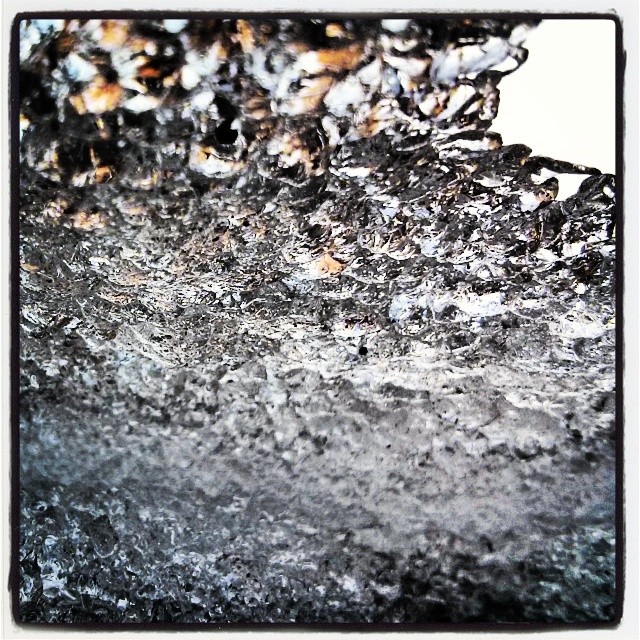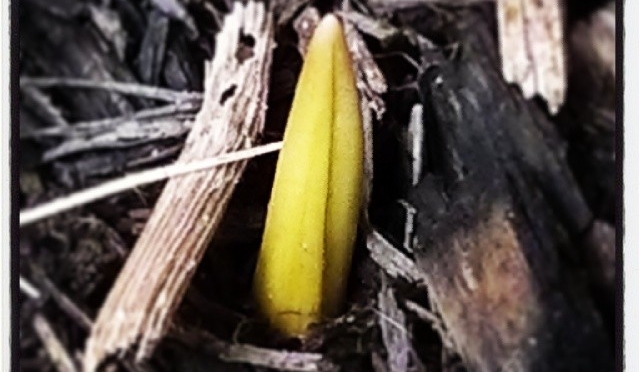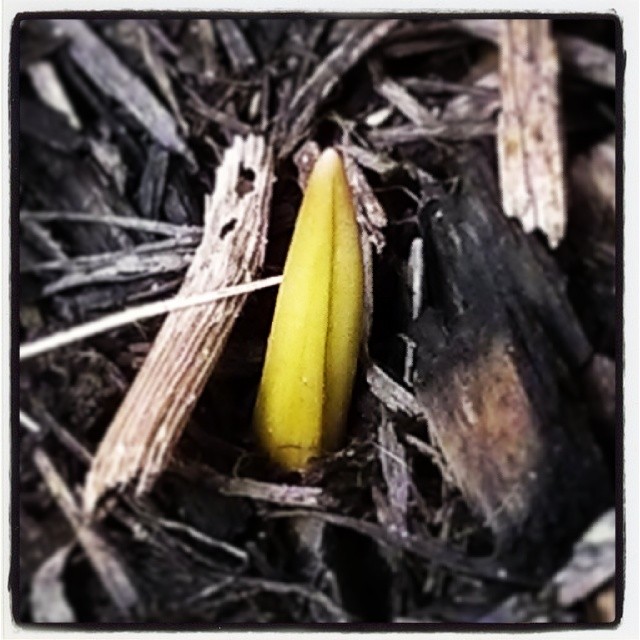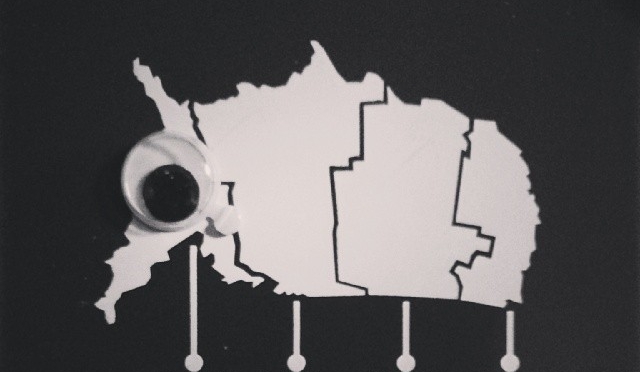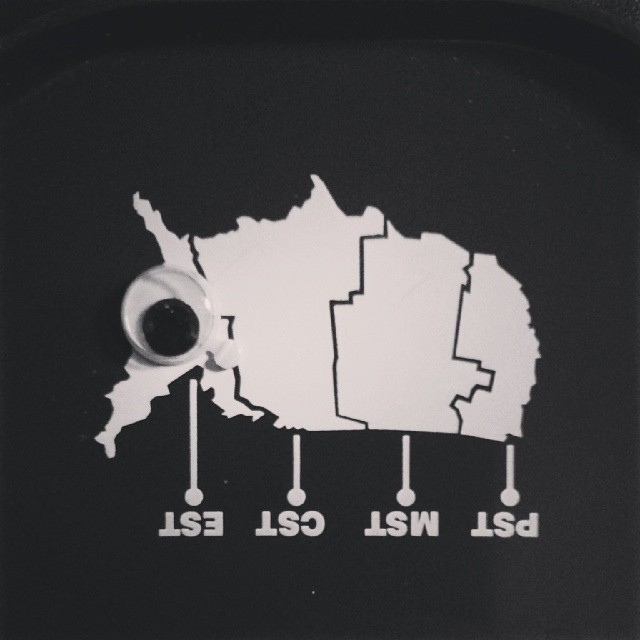Instagram filter used: Lo-fi
Author: scruss
-
More fun with plotters: graphing, simplifying, and random noises …
- If you go to the Incompetech Multi-Color Graph Paper PDF Generator and set the grid spacing to 0.4, 0.8 and 4 lines/cm, you get a nifty HP-GL unit grid with major lines at 1000 units (25 mm), intermediate lines at 500 units (12½ mm) and minor lines at 100 units (2½ mm):

- By a very roundabout route, I used GDAL’s simplify function to half the line count of my hypotrochoid plots with little visible degradation. The optimised page took far less time to plot:


Next time, I’d definitely use Shapely instead of messing about with GIS formats. Who knows, I might even integrate it into Chiplotle. Eventually. (Update: though I have some code that does something …) - Plotters are resolutely electromechanical devices. They turn digital command into analogue output, but my one never sounds too happy doing it. It grumbles, sighs and even moos as it plots. A recent plot sounded a bit like this: .
- If you go to the Incompetech Multi-Color Graph Paper PDF Generator and set the grid spacing to 0.4, 0.8 and 4 lines/cm, you get a nifty HP-GL unit grid with major lines at 1000 units (25 mm), intermediate lines at 500 units (12½ mm) and minor lines at 100 units (2½ mm):
-
Clifton Hicks’ first album available again
Buy it — it’s great!
-
Pleasantly futile: Dogecoin digging on the Raspberry Pi
I don’t recommend this in any way, but cpuminer will run on the Raspberry Pi. It’s pretty easy to build:
sudo apt-get install build-essential libcurl4-openssl-dev automake git
git clone https://github.com/pooler/cpuminer.git
cd cpuminer/
./autogen.sh
./configure CFLAGS="-march=armv6 -mtune=arm1176jzf-s -mfloat-abi=hard -mfpu=vfp -ffast-math -ffast-math -O3"
make
sudo make install
I’m not convinced that the l33t funroll-l00pz CFLAGS are strictly necessary. Yes, you still only get 0.34 khash/s on a stock Raspberry Pi — which means it would take several days to earn 1Ä (or roughly 0.1¢).
I’m trying to find the most futile computer on which to dig Ä. My BeagleBone Black is (somewhat surprisingly) more than 2× as fast, once you replace the very limited Ã…ngström distribution with Debian. I’m really disappointed that I can’t build cpuminer on my Intel Galileo. Its Yocto distribution is extremely small yet confusing. As the board runs burny hot under no load, I wonder how quickly it would glow white-hot under 100% CPU load.
-
Fixing a broken boombox
Catherine‘s Insignia CD Boombox with FM Radio Model: NS-BIPCD01 (CD-player/iPod dock thingy) just stopped working. The traces on the power connector broke when it got bumped. It was a bit of a bear to open up. I was going to submit this to iFixit, but their editor is horrid.
You will need:
- Phillips #0 screwdriver
- Phillips #1 screwdriver
- Nice thick guitar pick.
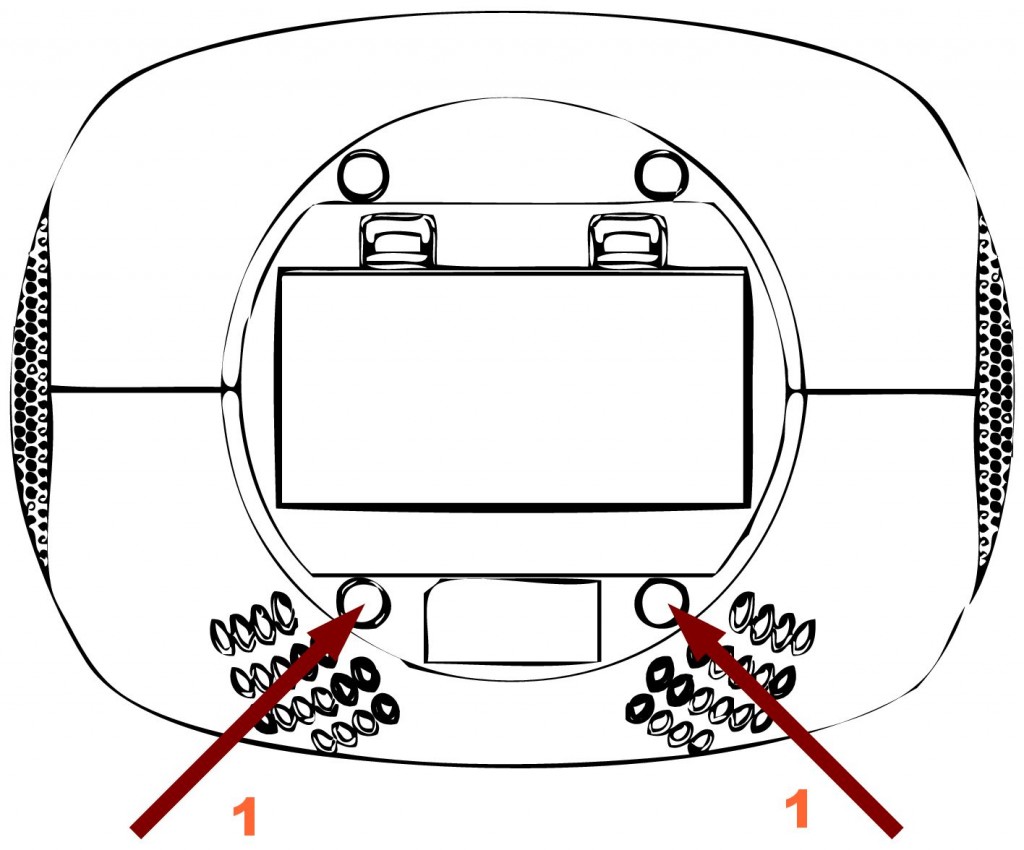 Underneath the device, peel off the two sticky feet next to the product label at (1). Underneath are #1 Phillips screws you should remove. These are countersunk, and should be kept separate from the other screws.
Underneath the device, peel off the two sticky feet next to the product label at (1). Underneath are #1 Phillips screws you should remove. These are countersunk, and should be kept separate from the other screws.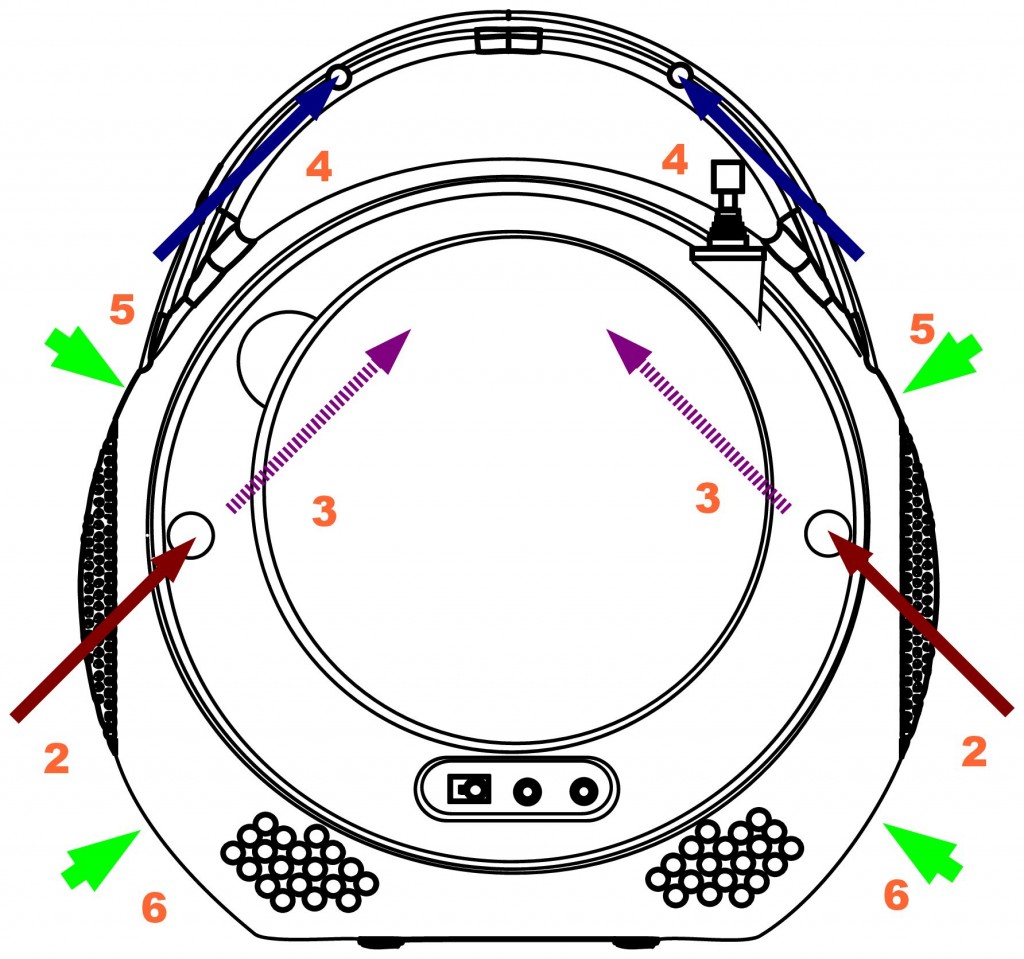 At (2), peel off the sticky covers and remove the #1 screws.
At (2), peel off the sticky covers and remove the #1 screws.Open the CD door, and remove the #1 screws near the top at (3).
Remove the #0 screws in the handle at (4). We’ve accounted for all the screws holding the case together, but there are a couple of clips we’ll need to work on.
Starting from near the top of the handle, pry the two halves of the case apart with the guitar pick. There’s an insert in the handle which will fall out; keep it aside.
At (5) and at (6), there are clips inside the case which you’ll need to press on with the guitar pick to get them open. They’re quite fragile, and I broke two out of four. If you do break them, make sure the loose bits don’t rattle about the case.
The case should slip apart now, and there are several short cables connecting buttons, displays and power supplies. If you lay the box on its back (with the iPod dock uppermost) you can set the top of the case up on the main circuit board. This will allow you to get at the power/audio board, which is secured by two large-flange #0 screws.
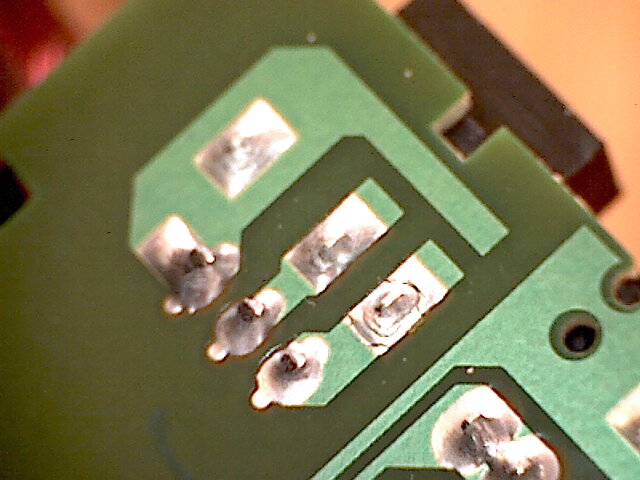 … and there’s the problem: the power trace (the lower of the three near the middle of the picture) has cracked. I re-soldered it, and also ran jumper wires between the pins. If this cracks again, the jumpers will be much more robust.
… and there’s the problem: the power trace (the lower of the three near the middle of the picture) has cracked. I re-soldered it, and also ran jumper wires between the pins. If this cracks again, the jumpers will be much more robust. -
ICQuestionBank2csv
ICQuestionBank2csv: A tool to extract both the Basic and Advanced Amateur Radio Examination guides from Industry Canada’s rather annoying two-column PDFs. Written for IC’s 2014-02 database updates.
See: Amateur Radio Exam Generator.
Written by Stewart C. Russell (aka scruss) / VA3PID – 2014-03-07.
Requirements
- Perl, with Text::CSV_XS
- xpdf tools
- Bash
- wget
Usage
Run either
basic2csv.shoradvanced2csv.shto download the source PDF and extract the data.Licence
WTFPL (srsly).

